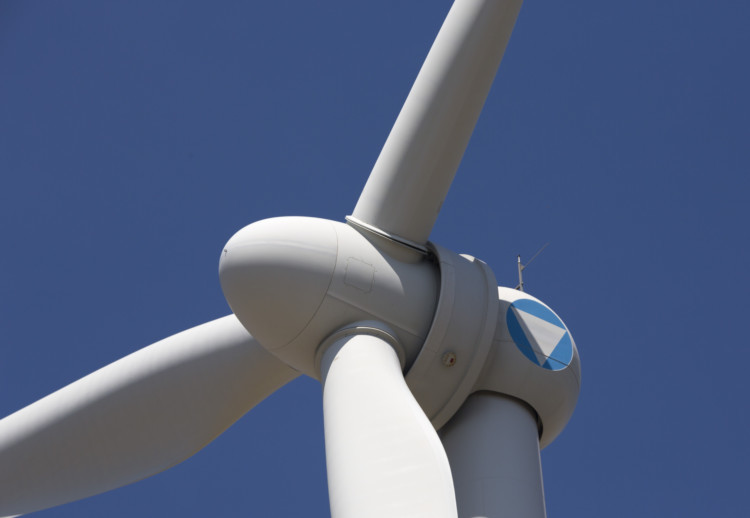
A former power chief has blasted Scotland’s green energy plans as it emerged it would take almost 12,000 extra turbines to keep Britain’s lights on.
Sir Donald Miller insists the electricity generated by the UK’s wind turbines is unreliable and contributes just a fraction of what’s needed.
The ex-chairman of Scottish Power, also believes a turbine based energy strategy is flawed because they only work when the wind blows.
His intervention comes on the weekend it was revealed there are 4,338 turbines in Britain more than half of which are in Scotland.
He said: “The turbines installed in the UK can generate around 6,000 megawatts, but they seldom produce anything like that.
“It varies from hour to hour, day to day, week to week. No one knows what they are going to produce.
“If the UK Government wants to achieve their emissions target by the year 2020 there would need to be 36,600MW provided by wind turbines in the UK.
“I hope no one thinks these figures would be achieved though as we’d all end up bankrupt.
“The Scottish Government has said it wants 100% of Scotland’s electricity demand to come from renewables such as wind by 2020. This would be unnecessarily costly.
“You need a mix of different kinds of generating plant to meet the UK’s energy needs. Nuclear is ideal for base load as it is consistent. Coal is also reliable.”
An average large turbine can produce 2.5MW of electricity.
If every existing turbine could produce this amount of electricity all the time they would still only meet around a quarter of the UK’s average daily demand for electricity.
It would take a further 11,660 turbines performing at their best at all times to get enough electricity and even then this wouldn’t be enough to deal with spikes in demand.
Anti-wind farm group Scotland Against Spin also states that turbines only produce around 25% of their maximum output on average, suggesting four times that amount would be needed.
Joss Blamire, senior policy manager at Scottish Renewables, said: “We need a balanced mix of technologies including wind, biomass and hydro, among others, to reach our ambitious 2020 renewables targets.”
The Scottish Government said renewable generation met around 46% of Scotland’s electricity demand last year.
A spokesperson said: “As set out in Scotland’s Future, Scottish renewable energy will continue to represent the most cost effective means for the rest of the UK to meet its renewable ambitions.”

Enjoy the convenience of having The Sunday Post delivered as a digital ePaper straight to your smartphone, tablet or computer.
Subscribe for only £5.49 a month and enjoy all the benefits of the printed paper as a digital replica.
Subscribe